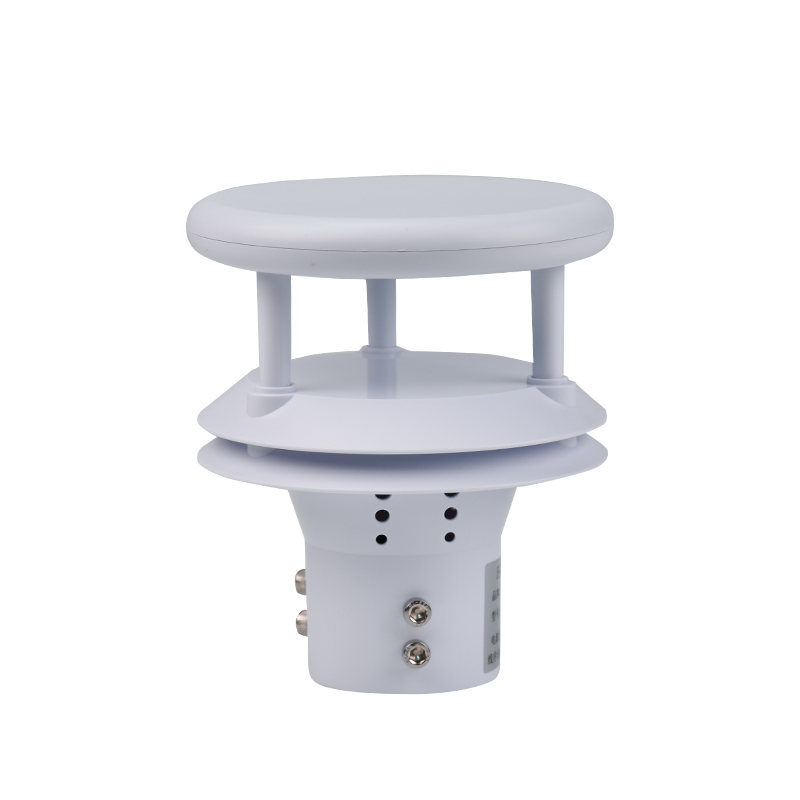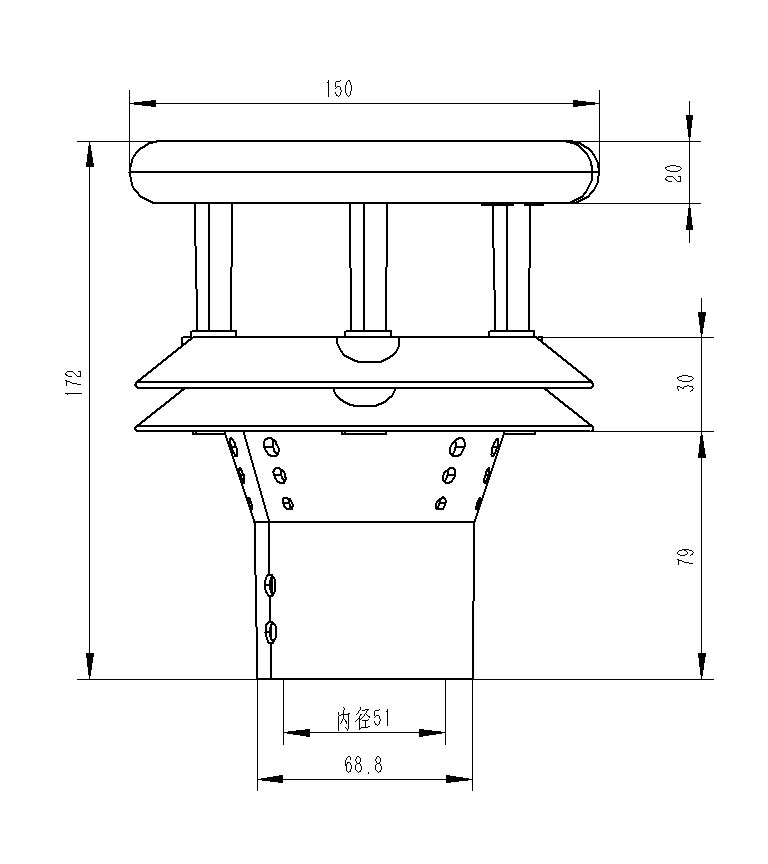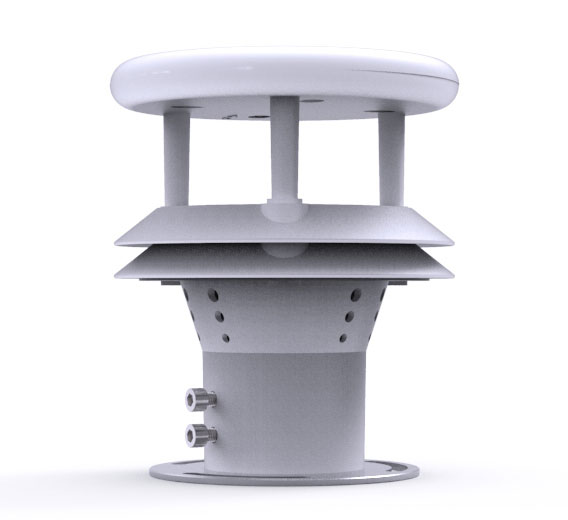Tianqiong Sensor IOT Technology Co., Ltd
Sales Manager:Ms. Emily Wang
Cel,Whatsapp,Wechat:+86 15898932201
Email:info@fengtutec.com
Add:No. 155 Optoelectronic Industry Accelerator, Gaoxin District, Weifang, Shandong, China

Sales Manager:Ms. Emily Wang
Cel,Whatsapp,Wechat:+86 15898932201
Email:info@fengtutec.com
Add:No. 155 Optoelectronic Industry Accelerator, Gaoxin District, Weifang, Shandong, China

Model:FT-Y1
Brand:tianqiong
1.Instrument to measure rainfall product overview
Instrument to measure rainfall uses the piezoelectric principle to measure rainfall, providing accurate rainfall measurements and is a commonly used rainfall measurement tool.The instrument to measure rainfall uses PVDF piezoelectric film as a rain sensing device, and uses an embedded AI neural network to distinguish raindrop signals to avoid mistriggering caused by interference such as gravel, dust, and vibration.
It is widely used in meteorological environment monitoring, hydrological and water conservancy comprehensive monitoring stations, traffic road monitoring, agriculture, forestry, wind power generation and other relevant departments to remotely measure precipitation, precipitation intensity, and precipitation start and end time.It is used for automatic hydrological measurement and reporting systems, automatic field measurement stations, etc.for flood control, water supply scheduling, and water situation management of power stations.
2.Instrument to measure rainfall function features
1.Integrated design, beautiful appearance
2.No mechanical accessories and no exposed parts, which can filter similar signals introduced by environmental factors such as leaves, dust, insects, etc.
3.High measurement accuracy, wide range, good stability performance, low power consumption, strong resistance to external interference
4.Can work around the clock, not affected by weather changes, and monitor rainfall duration accurately in seconds
5.Maintenance-free, the contact surface of the raindrop is an arc-shaped design structure, and does not store rainwater.
6.It has automatic horizontal calibration function after installation, no on-site calibration is required
7.Small size, easy to carry, disassemble and install
3.Instrument to measure rainfall technical parameters
| Measurement range | 0-4mm/min |
| Measurement accuracy | ≤±4% |
| Resolution | 0.01mm |
| Sampling frequency | <1S |
| Communication interface | RS485 |
| Communication protocol | MODBUS |
| power supply | DC12V |
| Power consumption | 0.12W |
| Operating temperature | -40~85℃ |
| Working humidity | 0~100%RH |
4.Instrument to measure rainfall product size diagram

5.Instrument to measure rainfall product structure diagram

6.Instrument to measure rainfall precautions
1.The radius of 1 meter around the sensor level is not blocked to avoid the influence of water droplets.
2.The sensor installation position should avoid strong mechanical vibration sources
3.The sensor should be installed in an open area, and raindrops should drip directly to the sensor, and should be avoided from secondary dripping and continuous water flow impact.
To measure water levels, a Radar Water Level Sensor is required, such as the YW-76 introduced today. Let's take an in-depth look at its advantages and working principle.1. High-frequency Technology Ensures Measurement AccuracyThe YW-76 horn-type Radar Water Level Sensor adopts Frequency Modulate...
Portable Weather Station integrates meteorological monitoring with flexible mobile platforms, providing convenient and efficient meteorological data monitoring services for various scenarios.Designed to be compact and small in size, it is easy to install on special vehicles such as emergency rescue...
A Lake Water Level Monitoring Station is a facility designed for the automated measurement of key parameters such as lake water level, flow velocity, flow rate, and water quality. Through continuous data collection and analysis, it provides a scientific basis for water resource management, flood war...
The FT - SQ2A Handheld Weather Station by TianQiong measures wind speed and direction using the ultrasonic time - difference method. It comes with its own display screen, which can display the detected data in real - time. The station is encased in an ABS engineering plastic shell, which is lightwei...